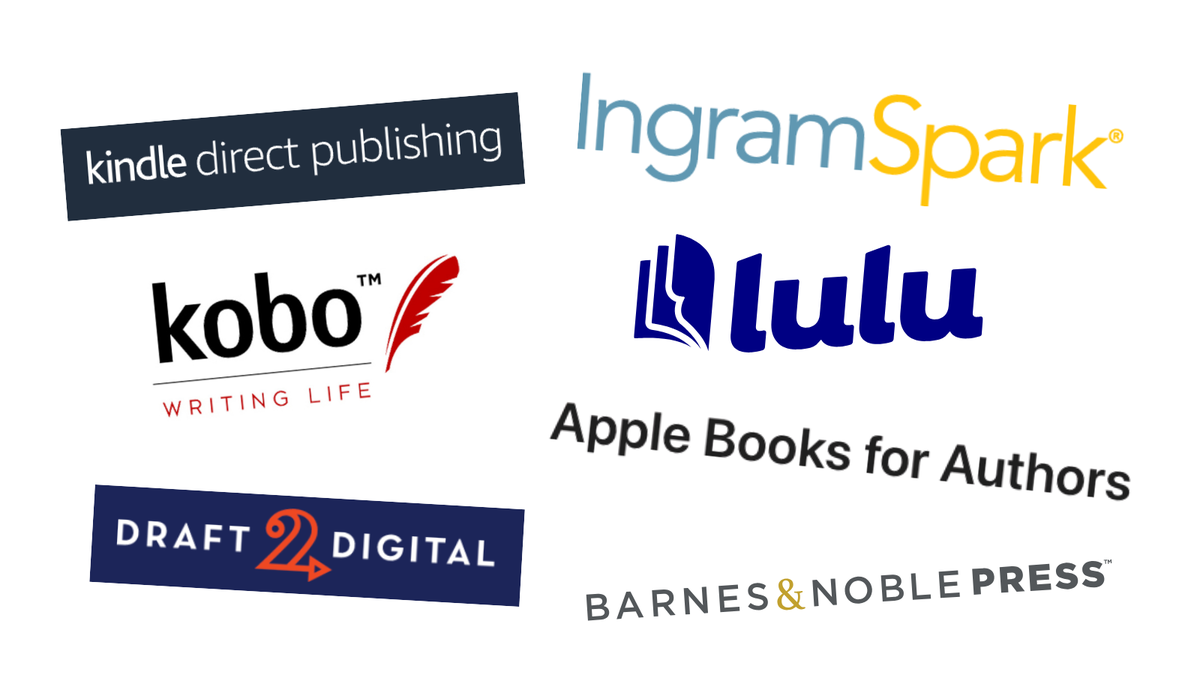
25th September, 2024
6 min read
The Top 10 Things Readers Want in Children’s Books
Written by:
Hannah Cather
Once upon a time… the perfect combination of ingredients joined together to create the most spellbinding children’s book there ever was. And what were those ingredients? What potent mix could possibly create a perfect children’s book?
Turns out that these ingredients can be pinned down. Just take a closer look at the many, seemingly different, children’s titles out there – a new picture book is but a tiny drop in the sprawling ocean of the children’s market, after all – and you’ll begin to see that the same golden threads often run through each. It is these golden threads that are the perfect ingredients for a good children’s book, one that a little reader will hungrily pick up and enjoy. Ten of these are below:
Beautiful Illustrations
Children’s books are one of the only kinds of books where the illustrations have to work just as hard as the text (often harder). When a child turns the page of a picture book, the first thing they’ll see is the colourful kaleidoscope of a double-page scene, not the fifty words top right nor the simile on the left-hand page. The illustrations draw the child in, create questions, make them laugh and bring the words to life in beautiful, bright technicolour.
Unforgettable Characters
Now, this doesn’t necessarily mean a character who is good and makes good decisions and does good things, always and forever – The End. Indeed, an unforgettable character can mean lots of things: they might be relatable, interesting, a baddie, a complete mystery or even just plain annoying. You might learn something from them, or you might not and that’s the point. Unforgettable characters create a reaction and stick in the memory matter of the reader long past the point of the book being returned to the shelf.
A Take-Away Message
Remember primary school days when you’d be asked, ‘So… what was the moral of the story?’. Many books even had ‘The Moral’ as a closing point on the final page. And while books these days are less obvious about leaving a takeaway for little ones, most great children’s books will still have a message to learn from reading them. It’s the ‘Why’ – why has the story been written? Why is the protagonist taking that risk or making that decision? A message might be subtle or strong, but children learn a lot through visual and storytelling outlets, hence the book being a perfect home for a takeaway.
Humour
Children like to laugh and adults should laugh more, so a subjective entry to this list is humour. Of course, humour can range from laugh-out-loud to super-dark, or sloppy slapstick to a bone-dry wit, and such is its versatility that an author can usually get away with adding some level of humour to their story. It’s not always the case, but when done right will make the reading experience entertaining and a bit of a giggle.
Space on the Page
In essence, don’t be afraid of a bit of white (or negative) space. Allow breathing room for the text and illustrations, so that what is on the page can shine. You’ll soon find that adding in space is just as effective and attractive as a page full-to-bursting with stuff. Children get lots of stimulation just from the actual reading, let alone if the page is screaming with detail. Many recent children’s books use negative space because what they’ve worked out is that sparsity and silence can be deafening (ergo: very, very effective).
The Read-It-Together Effect
Children’s books are best read together, whether that’s between a parent and their child, or a bigger sibling to a smaller one, or otherwise. The experience of reading as a child should be collaborative, interactive engaging… and also just plain fun. A book that has the ‘Read-It-Together’ effect will make use of questions in its text, invite responses from the reader, have interesting nuggets in its illustration ripe for discussion, and add characters with funny voices so the adult can get involved. The child should be laughing, questioning, interrupting, and discussing throughout the reading, and the book should give suitable prompts.
Good vs. Bad
This is an overused formula for a reason – children like the battle between good and bad and seeing who wins. This could take several forms: a child finally standing up to their brutish bully; the fight between the Gruesome Witch from the depths of the Wicked Woods vs. the White Angel from the heights of Planet Lovely; or even something as simple as a little girl defeating her inner demons – but it’s always exciting and satisfying to witness this battle, the journey and the process involved, and come out the other side.
Punchy Title
Forgetting about the interior of the book for a moment, it’s important, too, to consider the title of your children’s book. It should be memorable, and inviting and capture the mood. Trying to do this in a couple of words is much harder than it sounds, but it will make all the difference. The title should be simple enough to understand and interesting enough to make little hands pick it up, plus provide a snapshot and a sneak peek into the content. A fine line to balance, and a tough one to get right, but your book will thank you for a terrific title.
Text Ready to Read Aloud
Children’s books benefit hugely from text that has taken the time and effort to sound brilliant when read out loud. This doesn’t mean that the text should be in neat rhyming couplets or tight pentameters, but it does mean that there’s something of interest about it. Include sound words (“BANG!” and “POP!” etc.), change up the pace and flow, add in devices like alliteration and sibilance, don’t forget to add the odd pause before a page is turned, use repetition (without it becoming boring). There are so many devices that could fit into a children’s manuscript – and when writing children’s books, forever have the reader’s voice in your mind.
A Strong Conclusion
At the turn of the final page, it should be clear that it is the end. In children’s books, there will usually be a winding down of the action, as the protagonist solves the mystery or learns the lesson or completes the puzzle. This winding down may not be apparent on reading, but in retrospect, the pattern will be very clear – due to pace, resolution, and problem-solving. This is where the takeaway message will become evident, too. Children like a clear ending, a full stop to a story – hence the much-used addition of ‘THE END’ at… the end.
So – with that last point in mind – to conclude, hopefully, this list will have highlighted ten useful points to consider when writing a children’s book, or when thinking about what a young reader wants from a book. It could, of course, go on, and there is no strict winning formula as to which magic ingredients make the best book, but throw several of these in and you should be guaranteed an enjoyable, effective, unforgettable children’s book.
THE END.
The Troubador team are here to help authors in any way that we can with no obligations, so please feel free to reach out to us if you have any questions. If you have written a children’s book, Troubador has a brilliant illustration service, where we can help you go from a raw manuscript to a final, fully illustrated book, please contact illustrations@troubador.co.uk. We’ll look forward to hearing from you – paintbrushes, pencils and plans at the ready!












